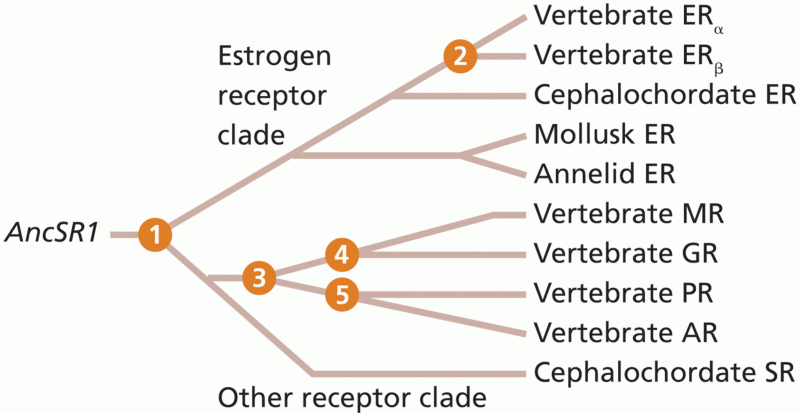This topic contains a solution. Click here to go to the answer
|
|
|
Did you know?
Children with strabismus (crossed eyes) can be treated. They are not able to outgrow this condition on their own, but with help, it can be more easily corrected at a younger age. It is important for infants to have eye examinations as early as possible in their development and then another at age 2 years.
Did you know?
When blood is exposed to air, it clots. Heparin allows the blood to come in direct contact with air without clotting.
Did you know?
The calories found in one piece of cherry cheesecake could light a 60-watt light bulb for 1.5 hours.
Did you know?
The average adult has about 21 square feet of skin.
Did you know?
The most common treatment options for addiction include psychotherapy, support groups, and individual counseling.
 The wolf spider, Lycosa godeffroyi, is common in many areas of Australia. In this family of spiders,
The wolf spider, Lycosa godeffroyi, is common in many areas of Australia. In this family of spiders,
 The Cordulegastridae are a family of Odonata (dragonflies) from the suborder Anisoptera. They are co
The Cordulegastridae are a family of Odonata (dragonflies) from the suborder Anisoptera. They are co





